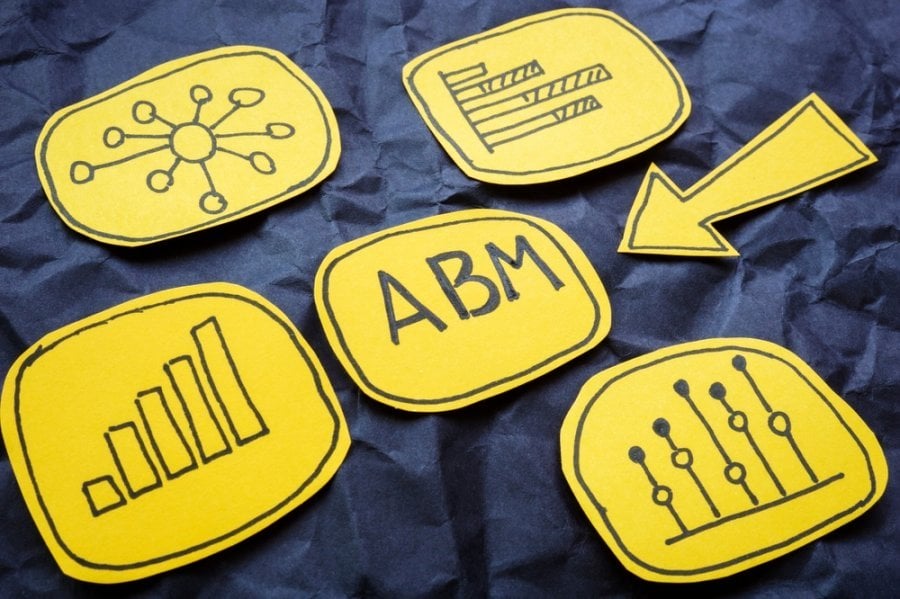
5 Ways Web Design Can Tank Your Rankings
Marketing technology continues to evolve. Search engine developers regularly introduce new protocols and best practices, and it’s up to digital marketers and website designers to keep on top of these changes. The challenge is to follow SEO-friendly website design guidelines while creating an enjoyable user experience for users. Remember, web design and SEO go hand in hand – while many think creating a website is for their customers, you’re building it for search engine bots too.
We’re going to discuss how SEO web design can tank your rankings. Also, you must address the essential must-do elements to avoid your website rankings plummeting. While much on-page SEO can be learned quickly and conducted by most, we’d suggest enlisting the assistance of experienced web design services to tackle these technical issues.
Schedule Your Free Consultation
Looking To Meet Now? Schedule A Meeting Today
To learn how Digital Authority Partners can create a standout website for you, watch this video!
1. Mobile Responsiveness
Did you know Google now ranks your website based on the mobile experience you offer? According to ThinkWithGoogle, more than 50% of all website traffic is from mobile devices, and 60% of users have contacted a business directly. The volume of mobile traffic is expanding, and search engines are ranking based on the mobile experience. Not having your house in order can have drastic consequences. Responsive design is one of the critical components of technical SEO. Users should pick up any device, no matter the screen size, search with any browser and still get the same unobstructed experience.2. Page Loading Speeds
People are busy, meaning they’re incredibly impatient. They don’t have time to wait for a slow website to load – they’ll leave before they even see design. In addition, crawlers will experience the same loading difficulties, alerting them that you’re not providing a good user experience. The goal of a search engine is to provide users with the information they’re looking for quickly. Your ranking will suffer if your website design and development cannot load properly. You can reduce page loading speed using lazy loading or optimize next-gen imagery images. Essentially, lazy loading renders the HTML code as a user scrolls down the page, rather than attempting to load everything at once, enabling them to interact with your website sooner. Additionally, next-gen imagery compresses the size of all of your images without reducing quality, allowing them to load much faster.3. Sitemap Crawlability
So, you think you’ve optimized your sitemap and website for the user journey. But have you considered the journey of a crawler trying to index your website for search engine rankings? If not, you’ve missed possibly the most critical element because if a crawler can’t index pages on your website, it can’t give it a ranking at all. Essentially, make it possible for a crawler to flow through your website from page to page, discovering your most important content first. Eventually, it gets to less crucial pages toward the end of their journey. One thing you must avoid is dead ends. By dead ends, we mean a page that is not linking to other pages on your website. For example, imagine you link from your home page to a product page, and the product page has no links on it – a crawler could think you only have two pages on your website. Depending on the construction of your sitemap and user journey, the more impressive your rankings are.4. Duplicate Content
Duplicate content is frowned upon by search engines. Although possibly considered plagiarism if you’ve stolen it from another website. If you have the same content on multiple website pages, Google won’t know which is the most important. However, sometimes it is impossible to avoid duplicate content. An example of this would be an eCommerce store where a product fits into multiple categories. Usually, punished for duplicate content, but there is a way to combat this. First, implement canonical tags in your code to inform Google which duplicated pages need ranking and which to ignore.5. Imagery & Content
We’ve already discussed the importance of optimizing imagery for page load speeds and user experience. Still, you also need to consider the relevance and attractiveness of the images. For example, when browsing a website, it can be obvious when a business has used nothing but stock imagery, creating a sense of untrustworthiness. Therefore, try to use original images where possible. Imagery is another area where website design and SEO merge. When uploading an image to your website, you should ensure a relevant file name and a detailed ALT tag explaining what the image depicts. Crawlers don’t see images – they see code. Tagging every image enables them to understand your website, giving them more reason to rank you higher. Content plays a huge part in the design of your website. Whether you choose to create designs first and then create content around the design or vice versa, you must ensure your copy fits within design boundaries. Do not impact other elements and make your SEO website design uneasy on the eye.Schedule Your Free Consultation
Looking To Meet Now? Schedule A Meeting Today
In Summary
SEO-friendly website design and development is crucial to your business’ online presence’s organic success and user experience. Neglecting the technical SEO elements of website design and development will negatively hit your search engine rankings. In addition, it will be challenging and time-consuming to recover. While many SEO novices think it’s all about on-page SEO, such as keyword-optimized content, technical SEO is equally important.Want To Meet Our Expert Team?
Book a meeting directly here



